Earlier this year, Kuraray Noritake Dental invited dental professionals from all over Europe to a symposium in Berlin in Germany that highlighted the newest research and clinical findings on the KATANA Zirconia Block, the latest addition to the KATANA family. One of the presenters was Dr Nicola Scotti, an assistant professor at the Department of Cariology and Operative Dentistry at the University of Turin’s Dental School and operator of his own private practice.
Dr Scotti began working with Kuraray Noritake Dental’s range of products in 2012, having been asked to test the CLEARFIL MAJESTY ES-2 composite resin before its launch, and soon afterwards began a close collaboration with the company. “I consider Kuraray Noritake Dental to be a very serious company, one built on strong scientific foundations and with a great interest in innovation, as well as in consultation with opinion leaders,” he stated.
When Dr Scotti was presented with the opportunity to use the KATANA Zirconia Block in April 2018, it required a significant learning curve, as he had never used zirconia for restorations before. “I am not a dental technician, and when I received the zirconia block for the first time, I realised that I would have to develop some new skills in order to be able to work with the material in the best possible way,” he said. With the assistance of master dental technician Daniele Rondoni—a collaboration facilitated by Kuraray Noritake Dental—Dr Scotti was able to learn how to process and characterise zirconia, as well as understand the optical behaviour of KATANA. “I must say that the material, overall, is easy to use and provides amazing aesthetic results,” he added.
As part of his presentation, Dr Scotti described several case studies that had been conducted with KATANA Zirconia Block. One of these focused on a 24-year-old male patient referred to him with a discoloured upper incisor resulting from blunt trauma. “The patient had a fairly immediate aesthetic need, but in this case, I was unable to perform external whitening to lessen the discoloration,” explained Dr Scotti. “However, I was able to solve the case by creating an adhesive crown made from a KATANA Zirconia Block. Though the cervical area still showed a slight colour difference to the neighbouring teeth, it was not visible in the patient’s smile and he was extremely happy with the result,” Dr Scotti continued.
Overall, Kuraray Noritake Dental’s KATANA Zirconia Block is a great step forward for zirconia restorations, according to Dr Scotti. “Ten years ago, no one would have imagined being able to make a central incisor restoration out of zirconia,” he said. “Thanks to the multilayered technology behind the natural aesthetics of this block, today this is no longer a dream.”
Tags:
Earlier this year, Kuraray Noritake Dental invited dental professionals from all over Europe to a symposium in Berlin in Germany that highlighted the newest...
In 1983, Kuraray introduced the patented MDP monomer in its PANAVIA EX cement. 35 years later, MDP monomer-based resin cements have been scientifically ...
KATANA Zirconia Block (Fig. 1) has hardly any features in common with the zirconia that was so popular in dental laboratories two decades ago and was used ...
With over 30 years of experience as a dentist and researcher, Dr Paolo Baldissara of the University of Bologna in Italy could be forgiven for slowing down a...
When it was first introduced to restorative dentistry in the early 2000s, zirconia was an opaque, unnatural-looking substance with a chalk-like whiteness. ...
When it comes to the aesthetic performance of restorations in the anterior region, a key aspect to consider is translucency—the ability of the material to...
HATTERSHEIM AM MAIN, Germany: It is both a blessing and a curse that different zirconia materials are used depending on the indication—a blessing because ...
HATTERSHEIM AM MAIN, Germany: From 1 July onwards, Kuraray Noritake Dental’s KATANA Zirconia YML, the latest evolution in multilayered zirconia, will be ...
Users of dental zirconia are really spoilt for choice these days. Countless manufacturers offer zirconia materials that differ in their mechanical and ...
TOKYO, Japan: A particularly chromatic cervical area and pronounced mamelons and translucencies in the incisal area—every natural tooth has its ...
Live webinar
Wed. 28 January 2026
11:00 am EST (New York)
Dr. Algimante Lošytė – Jančė
Dr. Riccardo Ammannato DDS



 Austria / Österreich
Austria / Österreich
 Bosnia and Herzegovina / Босна и Херцеговина
Bosnia and Herzegovina / Босна и Херцеговина
 Bulgaria / България
Bulgaria / България
 Croatia / Hrvatska
Croatia / Hrvatska
 Czech Republic & Slovakia / Česká republika & Slovensko
Czech Republic & Slovakia / Česká republika & Slovensko
 France / France
France / France
 Germany / Deutschland
Germany / Deutschland
 Greece / ΕΛΛΑΔΑ
Greece / ΕΛΛΑΔΑ
 Hungary / Hungary
Hungary / Hungary
 Italy / Italia
Italy / Italia
 Netherlands / Nederland
Netherlands / Nederland
 Nordic / Nordic
Nordic / Nordic
 Poland / Polska
Poland / Polska
 Portugal / Portugal
Portugal / Portugal
 Romania & Moldova / România & Moldova
Romania & Moldova / România & Moldova
 Slovenia / Slovenija
Slovenia / Slovenija
 Serbia & Montenegro / Србија и Црна Гора
Serbia & Montenegro / Србија и Црна Гора
 Spain / España
Spain / España
 Switzerland / Schweiz
Switzerland / Schweiz
 Turkey / Türkiye
Turkey / Türkiye
 UK & Ireland / UK & Ireland
UK & Ireland / UK & Ireland
 Brazil / Brasil
Brazil / Brasil
 Canada / Canada
Canada / Canada
 Latin America / Latinoamérica
Latin America / Latinoamérica
 USA / USA
USA / USA
 China / 中国
China / 中国
 India / भारत गणराज्य
India / भारत गणराज्य
 Pakistan / Pākistān
Pakistan / Pākistān
 Vietnam / Việt Nam
Vietnam / Việt Nam
 ASEAN / ASEAN
ASEAN / ASEAN
 Israel / מְדִינַת יִשְׂרָאֵל
Israel / מְדִינַת יִשְׂרָאֵל
 Algeria, Morocco & Tunisia / الجزائر والمغرب وتونس
Algeria, Morocco & Tunisia / الجزائر والمغرب وتونس
 Middle East / Middle East
Middle East / Middle East




























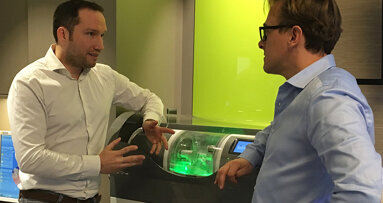
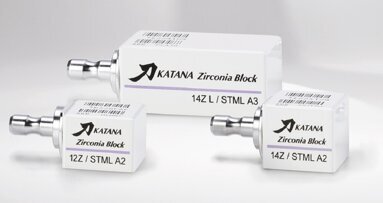
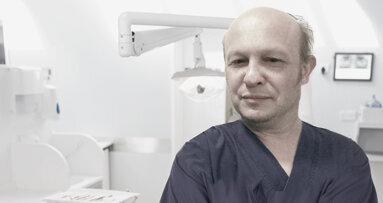
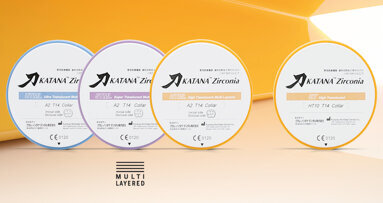
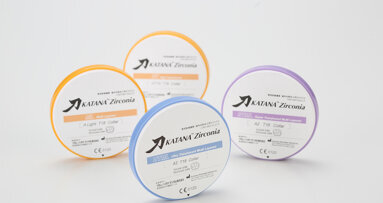
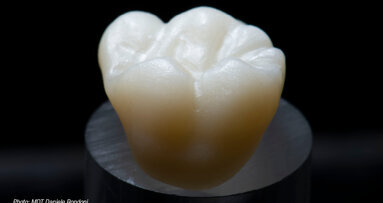
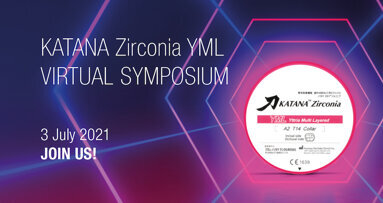
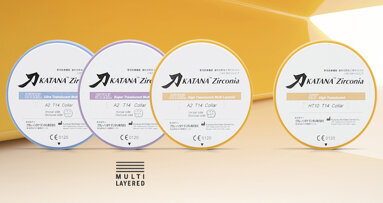
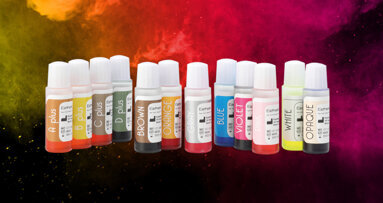









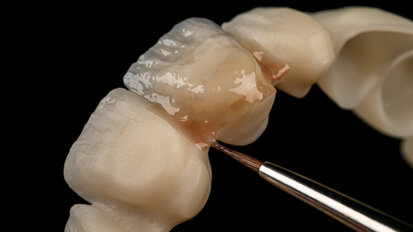
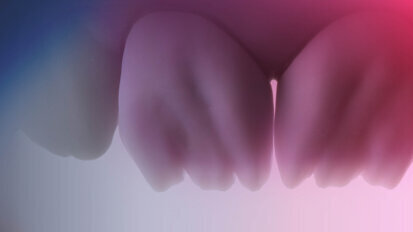
To post a reply please login or register